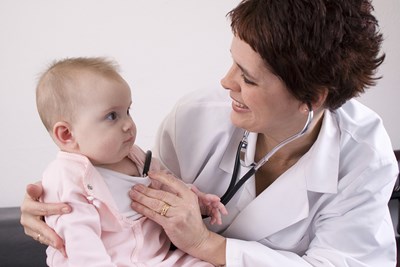Hand, foot, and mouth disease (HFMD) is a minor viral infection that causes sores in or on the mouth and a rash on the hands, feet, and sometimes the buttocks—the sores can be painful. The illness usually lasts from 7 to 10 days, and is highly contagious and spreads easily.
Although the infection is most contagious during the first week, the virus that causes the infection can remain in your body for weeks after symptoms have gone away—which means you’re still contagious.
Hand, foot, and mouth disease is common in children under the age of 10, but can occur in all ages, though it’s rarely seen in adults. Here’s a look at how to treat hand, foot, and mouth disease.
Home Treatments
There’s no vaccine for this virus or specific treatment, but you can reduce your child’s risk of the illness by teach them good hygiene and keeping their hands clean.
Common symptoms of hand, foot, and mouth disease are blisters on the tongue, in the mouth, or on the throat. You can help relieve soreness and irritation from blisters by:
- Sucking on ice pops or ice chips
- Eating ice cream or sherbet
- Drinking cold beverages, such as milk or ice water
- Avoiding acidic foods and beverages (citrus fruits, fruit drinks, and soda)
- Avoiding salty or spicy foods
- Eating soft foods that don't require a lot of chewing
- Rinsing your mouth with warm water after you eat
If rinsing and swallowing isn’t tolerable, swishing with warm salt water can be done instead.
Do this several times a day to decrease pain and inflammation caused by mouth sores.
Prevention
Ways to prevent hand, foot, and mouth disease include:
- Washing hands: Wash your hands frequently and carefully, especially after using the toilet, changing a diaper, or before preparing food and eating. If soap and water aren't available, use hand wipes or gels treated with germ-killing alcohol.
- Disinfecting common areas and surfaces: Cleaning common areas and surfaces first with soap and water, then with a diluted solution of chlorine bleach and water should be done regularly. Child care centers, the most common setting for HFMD, should be good about cleaning and disinfecting all common areas—including toys because the virus can live on these objects for days and they’re often shared.
- Practicing good hygiene: Teach your children how to practice good hygiene. Also, explain to them why they shouldn’t put fingers, hands, or any other objects in their mouths.
- Isolating infected people: HFMD is very contagious, so people with the infection should limit their exposure to others while they have signs and symptoms. Infected children should also be kept out of child care or school until their symptoms have gone away; an infected adult should stay home from work.



